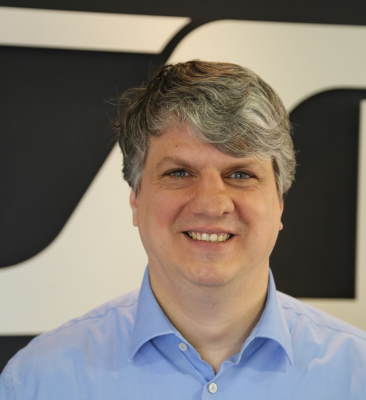Sennheiser about the Alliance for Broadcasting and Cultural Frequencies
Interview with Dr.-Ing. Andreas Wilzeck

Whether it’s election coverage, live concerts, theatre and musical productions or sporting events - wireless microphones have long since been an indispensable part of the broadcasting and entertainment industries. December 1 marked the inaugural conference of the Alliance for Broadcasting and Cultural Frequencies, a German organisation which has taken up the cause of saving these frequencies for its current users. Dr.-Ing. Andreas Wilzeck, Head of Spectrum Policy and Standardisation at Sennheiser, was a panelist and explains what is at stake.
Sennheiser: Dr. Wilzeck, could you briefly outline the current situation?
Wilzeck: The program for the 2023 World Radiocommunication Conference contains an agenda item on the 470 to 960 MHz frequency range, aiming to look at spectrum use and spectrum needs for what is known as ITU-R Region 1, comprising Europe, Africa and the Middle East. The discussion will include possible regulatory changes for the 470 to 694 MHz range. This range – with its so-called “cultural frequencies” – is currently used globally by terrestrial broadcasting and wireless PMSE (Programme Making and Special Events) applications such as wireless microphones and in-ear monitoring.

Sennheiser: Do you anticipate further spectrum losses for theatre productions and live events?
Wilzeck: We need to nip this development in the bud because artists, creators and PMSE professionals are already often confronted with a lack of radio frequencies for their work. Reliable, worldwide access for wireless microphones to the cultural frequencies in the 470 to 694 MHz range is therefore essential, and this is what the Alliance for Broadcasting and Cultural Frequencies is working for.
For decades, these cultural frequencies have been used jointly by broadcasting, culture, radio astronomy and weather radars. This is a good, reliable cooperation that has been marked by mutual respect and interest and has been successful worldwide.
Sennheiser: What makes you worry now?
Wilzeck: There are a few, but very loud, voices calling for the 470 to 694 MHz band to be allocated to cellular mobile radio on an equal footing with broadcasting, i.e. co-primary. This would supposedly ensure flexible use of the frequency range. But a live broadcast doesn't need that kind of “flexibility”, it rather needs reliability – you wouldn’t want to see the artists’ microphones or in-ears fail during a show due to interference. Also, a sufficient number of free frequencies must be available at each venue.
Sennheiser: Are there any advocates of cultural frequencies among the participants of the World Radiocommunication Conference?
Wilzeck: During the ongoing discussions in ITU-R in preparation for the World Radiocommunication Conference, we are pleased that there was a clear consensus of opinion between the German Federal States and the German governing parties about the continuation of the existing and successful use of cultural frequencies.
In addition to Sennheiser, other manufacturers, users and broadcasters are also actively involved in the discussions at the ITU-R and in the national preparatory groups. Personally, I would be very pleased if many more users and their interest groups and associations would take advantage of the national opportunities to participate in this important matter.
For broadcasting and culture, it is about reliability in the use of the last remaining global frequency resources. It’s not about “flexibility”, which here would be synonymous with an ongoing debate at a wide variety of levels in favour of the cellular mobile industry, which is already served far beyond its needs.
Sennheiser: Thank you very much for this interview, Mr. Wilzeck.
 How to resolve AdBlock issue?
How to resolve AdBlock issue?